Don't hesitate to send a message
How do Mountain Ebike Motors handle various weather conditions, such as rain or extreme heat?
Mountain Ebike Motors are specifically engineered to withstand exposure to rain, mud, and wet conditions typically encountered in off-road riding. Most modern motors are built with water-resistant casings, often incorporating seals like rubber gaskets or other waterproofing materials that prevent moisture from infiltrating the motor housing. These protective measures ensure that the internal components, such as the wiring, magnets, and rotor, are shielded from water ingress. However, water resistance levels can vary across different motor models, and the IP (Ingress Protection) rating indicates the extent of protection. For example, motors with an IP65 or IP67 rating are better equipped to handle heavy rain or wet conditions. Despite these protective features, it’s still important to avoid prolonged exposure to standing water or excessive moisture, as water can eventually cause rust, corrosion, or electrical failure if it enters the motor. After riding in the rain, it’s advisable to clean and dry the motor to prevent water accumulation and ensure long-term performance.
In conditions of extreme heat, Mountain Ebike Motors rely on built-in cooling mechanisms to regulate their temperature. The motor generates heat during operation, particularly when under heavy loads, such as climbing steep hills or riding at high speeds. Overheating can lead to reduced motor efficiency, as well as the risk of thermal throttling, where the motor automatically reduces power to avoid overheating. Many motors are equipped with heatsinks or ventilation features that dissipate excess heat. However, in extremely hot climates or when riding at maximum power for long periods, the motor may still become overheated. Overheating not only affects motor performance but can also reduce the battery's lifespan due to thermal stress. To combat this, some high-performance motors come with temperature sensors that monitor motor temperature and adjust power output to prevent damage. To minimize the risk of overheating, it's recommended to avoid prolonged high-load riding in extreme heat and allow the motor to cool down when needed. Using a motor with a high-quality cooling system and ensuring proper airflow around the motor can help maintain optimal performance during hot weather.
Humidity and exposure to moisture are key factors that affect the longevity of Mountain Ebike Motors. Extended exposure to high humidity or wet conditions can lead to corrosion in metal parts, including the bearings, motor shaft, and wiring connectors. Although motors are typically sealed to prevent moisture ingress, humidity can still cause rust or corrosion if water finds its way into the motor casing, particularly through weak seals or ventilation holes. This is especially true for lower-quality motors with less effective sealing. Over time, corrosion can degrade motor performance, cause electrical issues, and even result in motor failure. To prevent corrosion, it’s crucial to regularly inspect the motor for signs of water damage or wear, clean the motor after riding in humid conditions, and apply protective lubricants or corrosion-resistant coatings on exposed metal parts. Storing the bike in a dry, cool location when not in use can help protect the motor from excessive moisture.
While Mountain Ebike Motors are designed to function across a wide range of temperatures, extreme cold conditions can pose challenges. In freezing temperatures, motor efficiency may be diminished due to the increased viscosity of lubricants, which causes more friction in the motor components. The motor itself may experience reduced output, especially if the battery is also exposed to cold, as battery performance tends to drop in low temperatures. Cold weather can also cause moisture inside the motor to freeze, leading to potential mechanical failure or blockage. If snow or ice accumulates around the motor, it can further exacerbate these issues, potentially freezing moving parts. To mitigate these risks, it’s important to ensure that the motor and battery are kept dry and warm, especially before and after rides in freezing conditions. Using the bike in milder temperatures or storing it in a warm place between rides can help maintain motor performance. Riders can use thermal wraps or insulation for batteries and motors in extremely cold environments.
-
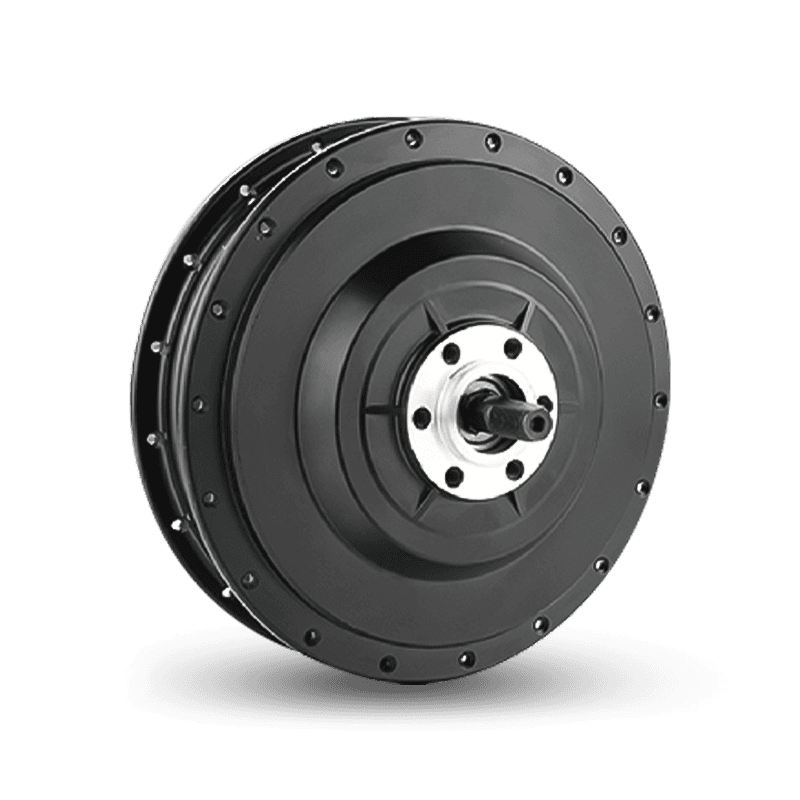 E-Type F500 Front Hub Motor
E-Type F500 Front Hub MotorThe E-Type F500 front hub motor is designed for E-Cargo and E-MTB bikes, offerin...
-
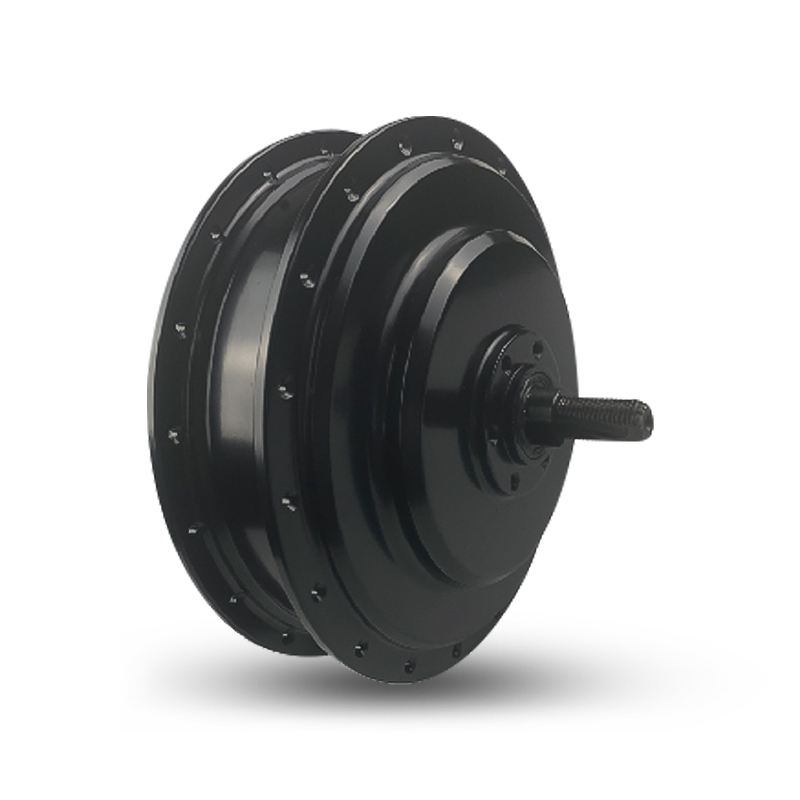 E-Type Pro RC750 Rear Hub Motor
E-Type Pro RC750 Rear Hub MotorThe E-Type Pro RC750 Rear Hub Motor is designed for E-Cargo and E-MTB bikes, com...
-
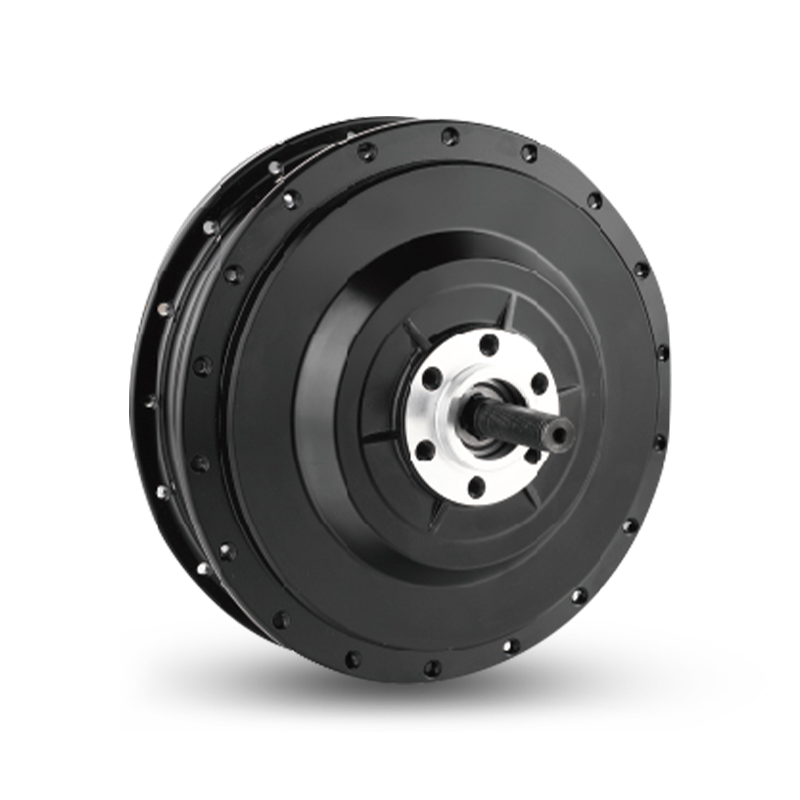 E-Type RF500 Rear Hub Motor
E-Type RF500 Rear Hub MotorThe E-Type RF500 Rear Hub Motor is designed for E-Cargo and E-MTB bikes, compati...
-
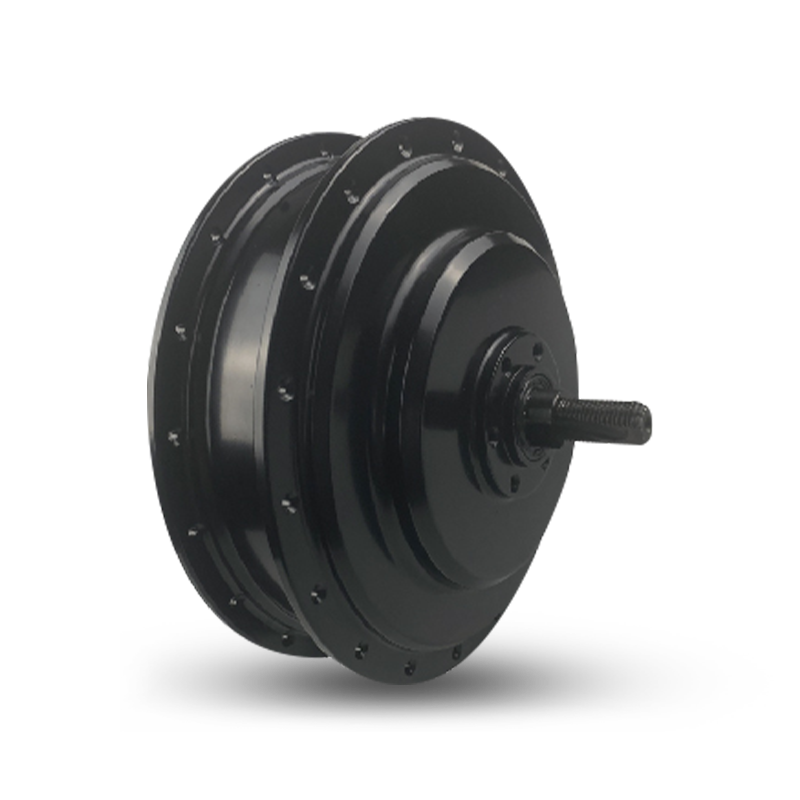 E-Type Pro RF750 Rear Hub Motor
E-Type Pro RF750 Rear Hub MotorThe E-Type Pro RF750 Rear Hub Motor is designed for E-Cargo and E-MTB bikes, com...
-
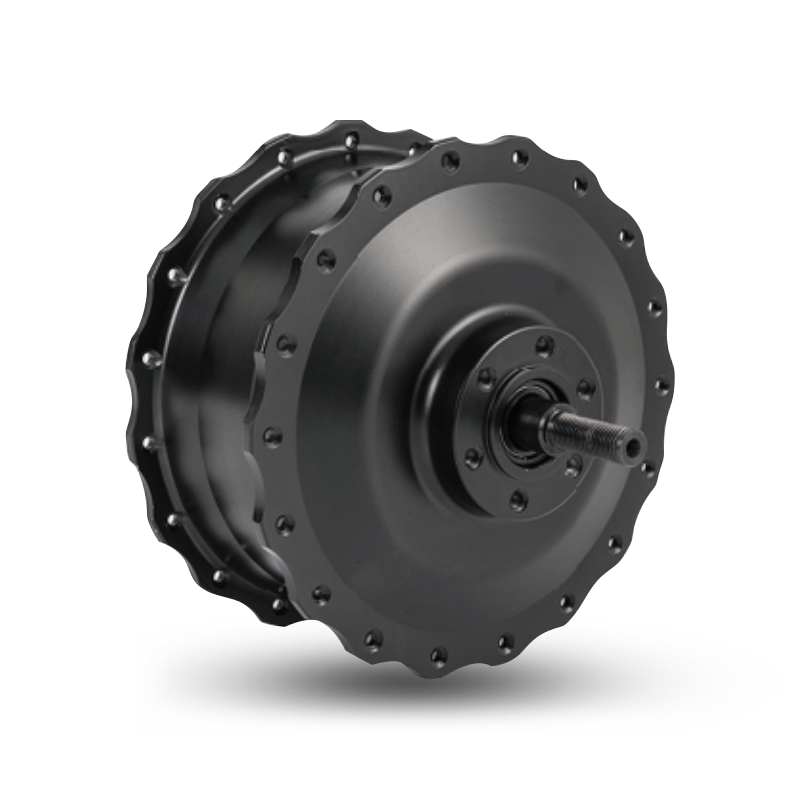 S-Type Pro F1500 Front Hub Motor
S-Type Pro F1500 Front Hub MotorThe S-Type Pro F1500 front hub motor, designed for E-Carao and E-Fat bikes, offe...
-
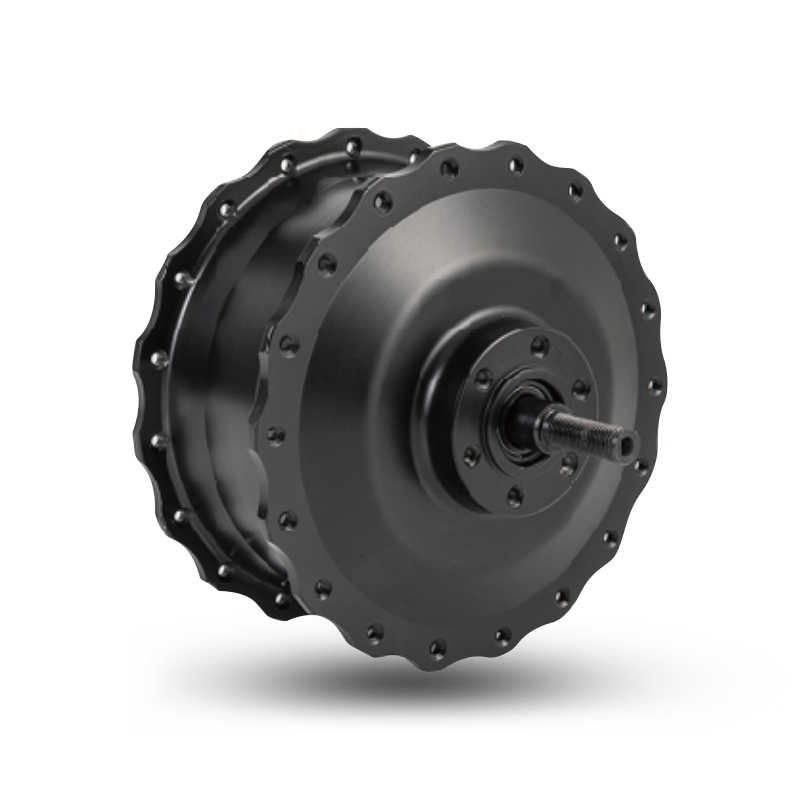 S-Type F750 Front Hub Motor
S-Type F750 Front Hub MotorS-Type F750 is designed for E-Cargo and E-Fat. The rated power ranges from 500W ...
-
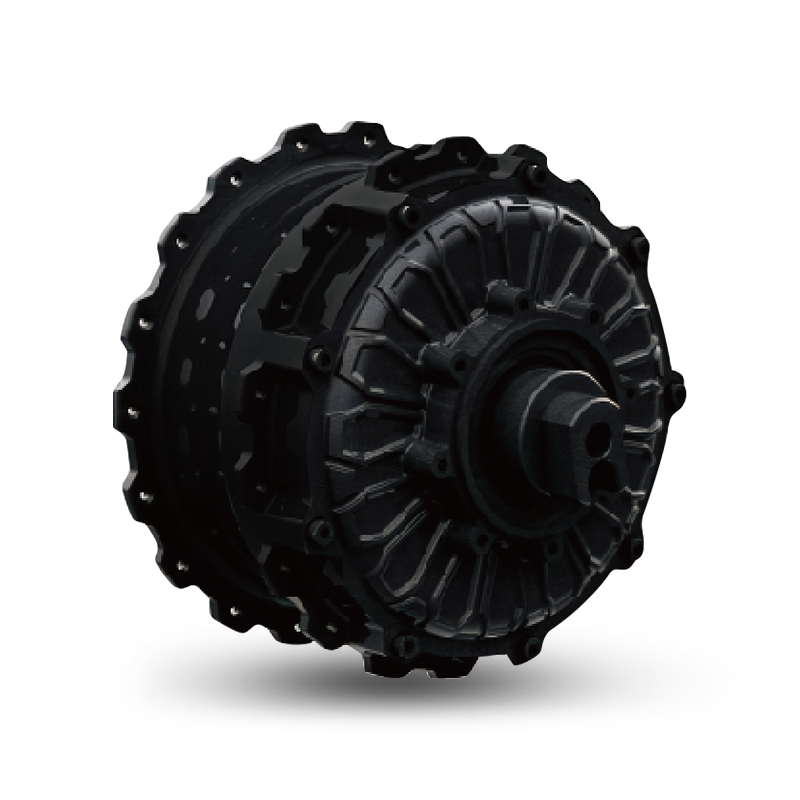 S-TYPE Max THRU AXLE Rear Hub Motor
S-TYPE Max THRU AXLE Rear Hub MotorThe S-TYPE Max thru-axle motor is designed for E-Fat, Moped, and Cargo applicati...
-
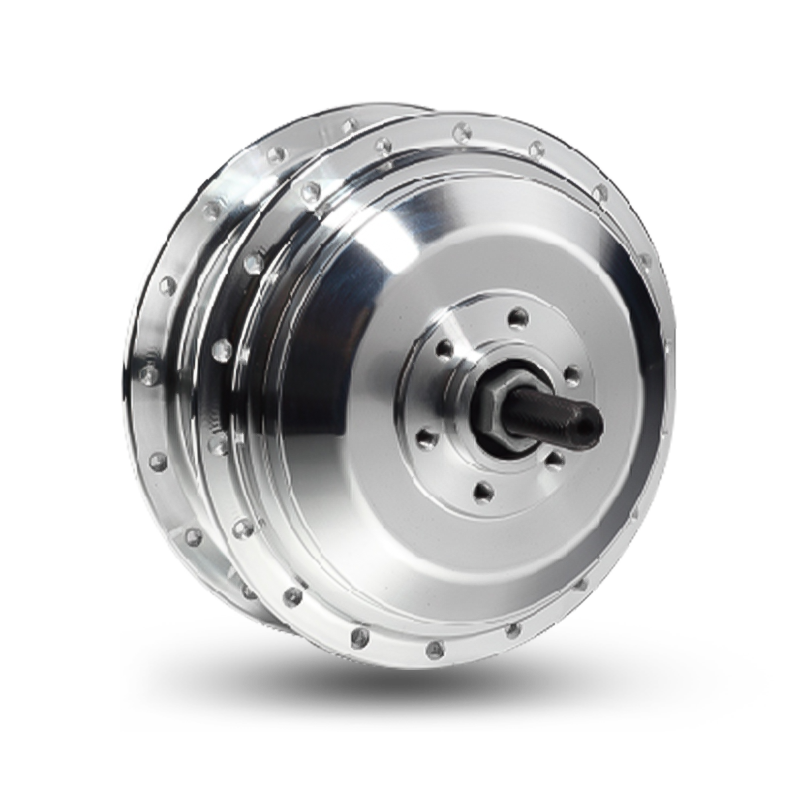 C-Type R350 Rear Hub Motor
C-Type R350 Rear Hub MotorThe C-Type R350 Rear Hub Motor, designed for city e-bikes, offers a rated power ...
If you are interested in our products, please consult us
- Address:No. 3 Dingqiao Rd, Jiangshan Town, Yinzhou District, Ningbo, Zhejiang Province, China
- Phone: +86 13806662915
- Email: K.zhang@hengtai-cn.com



 English
English 中文简体
中文简体